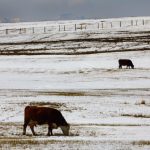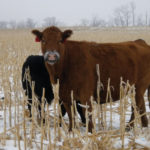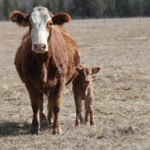Many beef producers this fall confirmed a surprising number of open cows after they brought them home. I speculate that not enough feed last winter, a record-breaking cold winter and a wet spring failed to prepare many beef cow herds for good conception rates. Fortunately, most producers now have good feed inventory, which I am […] Read more













